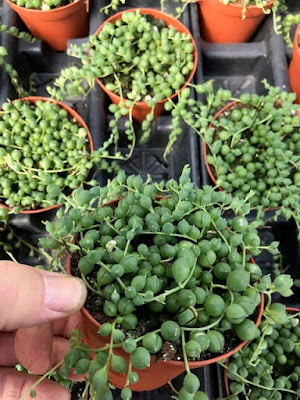 |
| Peperomia polybotrya |
“Botanical names are mandatory for plant science;
Common names are necessary for marketing plants”
Pilea peperomioides would have not
had its success without common names of ‘Chinese Money Plant’ or ‘The
Friendship Plant’. These names are tied
to the folklore of this obscure foliage houseplant.
The next internet wonder after Pilea
peperomioides could be Peperomia polybotrya.
Initially, and probably in the future, the two will be confused. Plant collectors who know both plants, tell
me that they like the Peperomia much better.
It is bigger, more upright, less floppy and has shiny leaves. It is a low light plant, less phototropic
(doesn’t grow toward the light), is self-branching and is more durable.
But what to call it?
An internet search comes up with ‘Owl’s
Eye’ and ‘Raindrop’.
Each leaf has a round dot with
radiating lines out from it. I liked ‘Owl’s
Eye’, at first, because older leaves had distinct radiating lines and I could
see the connection to an Owl’s eye.
Younger leaves don’t show this.
‘Raindrop’ seems to fit better. You have the dot which could be where the
raindrop hit the concave leaf and the splash radiated out onto the shiny leaf.
Will the rage be: “Do you have a ‘Raindrop’
plant? --- It’s similar to the ‘Chinese Money Plant’, but better”
 |
| Peperomia polybotrya 'Raindrop' |

